
"No one should be forced into treatment," Eric Fleutelot of Sidaction. ©IAS/Marcus Rose/Worker's Photos
Following Monday’s presentation of the findings of the HPTN 052 study, a session yesterday explored some of the challenges of rolling out treatment-as-prevention programmes.
One difficulty, highlighted by Professor Julio Montaner from the University of British Columbia, Canada, is the proportion of people with HIV who don’t yet know their HIV status. There are significant challenges in developing and delivering healthcare programmes that engage and retain people from the point of HIV testing, through taking up care and starting treatment, to ensuring long-term adherence.
One view emerging at the conference is that it is unethical not to offer treatment to the HIV-positive partner in a serodiscordant couple (a couple in which one partner has HIV and the other does not). But there is no consensus on this view, with other people saying that, in some parts of the world, the numbers of serodiscordant couples will be far outweighed by people in other situations, including those with undiagnosed HIV.
“Every individual with HIV should decide for themselves when and how to start treatment,” Eric Fleutelot, director of international programmes for Sidaction, said. “No one should be forced or coerced into treatment primarily for the benefit of the public health rather than the health or the wellbeing of the individual.”
The World Health Organization will be organising a panel to look at the role of antiretrovirals for treatment and for prevention, over the next year, and to develop international guidance.





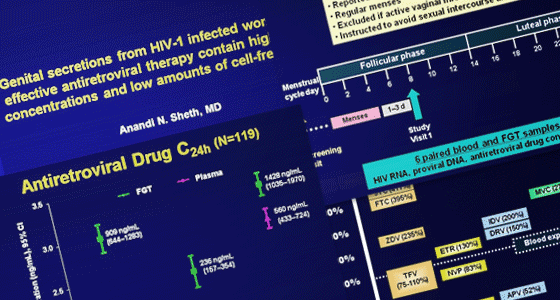
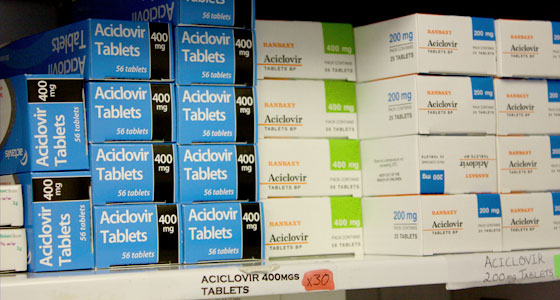

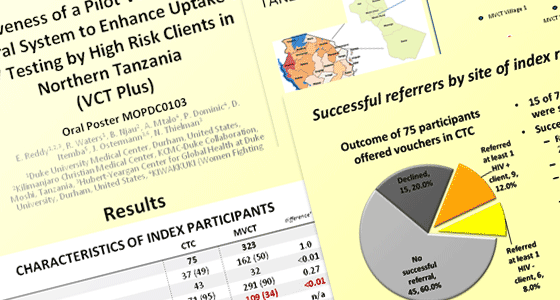

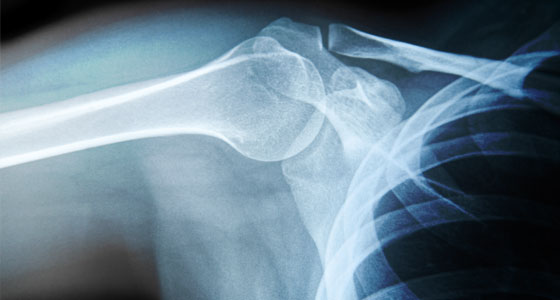
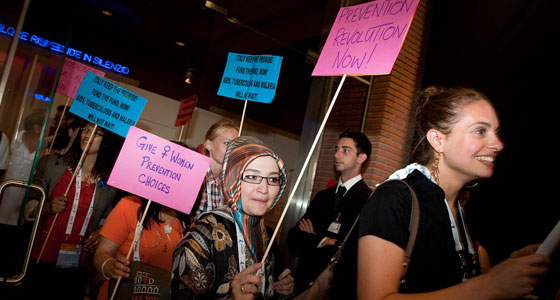
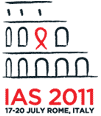

Connect with NAM on Facebook: Keep up to date with all the exciting projects, latest achievements and new developments that are going on in the world of NAM.
Follow NAM on Twitter for links to hot off the press news stories from our editors covering key developments and conferences as they happen. Our news feed is linked to www.twitter.com/aidsmap_news and we also tweet from www.twitter.com/aidsmap
Follow all the conference news by subscribing to our RSS feeds.